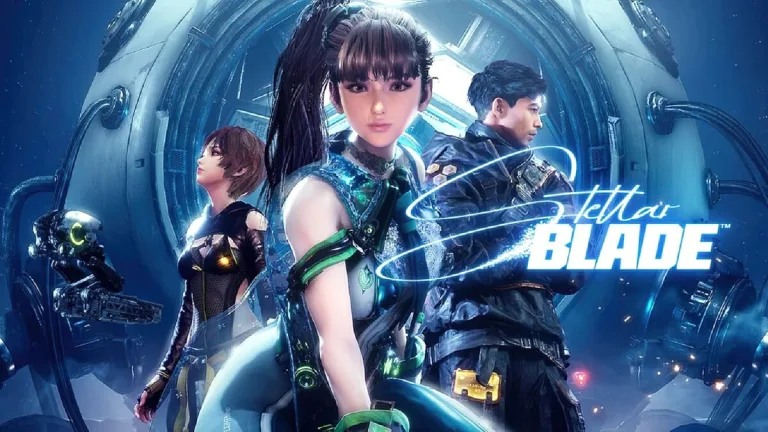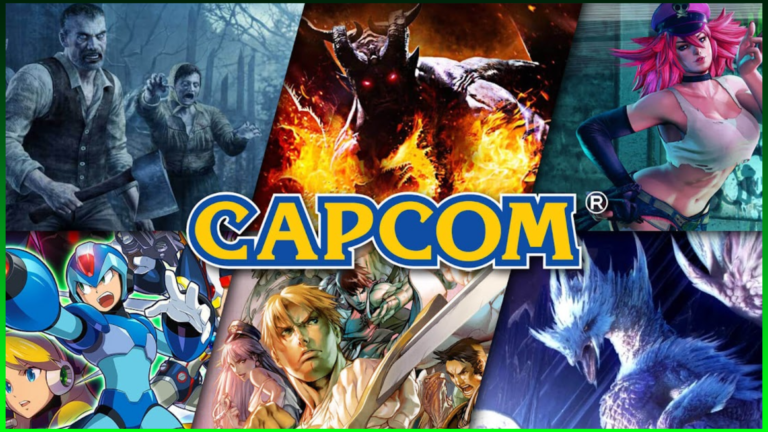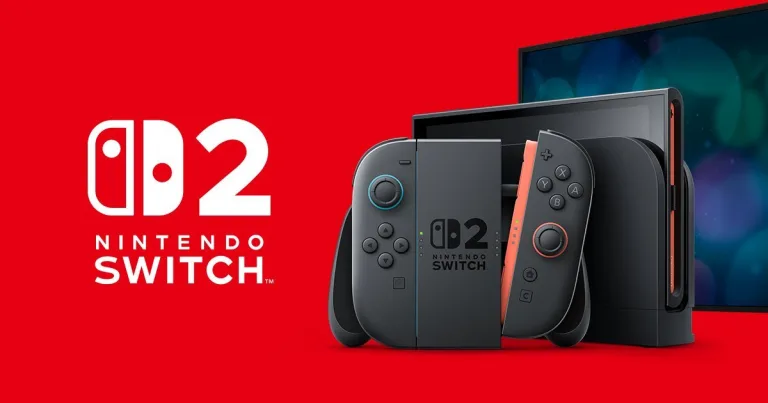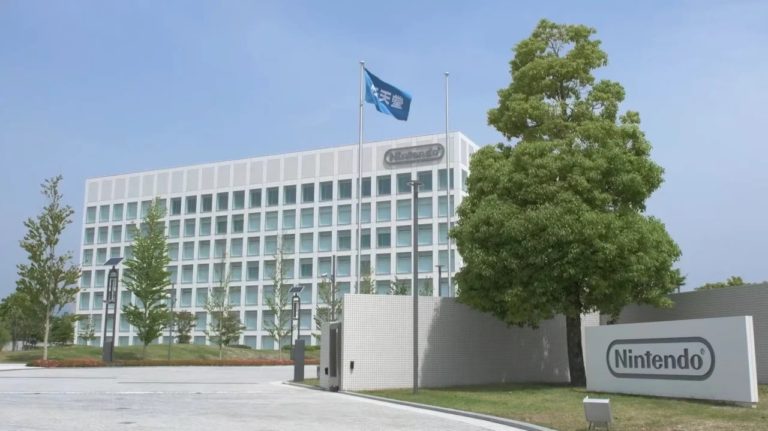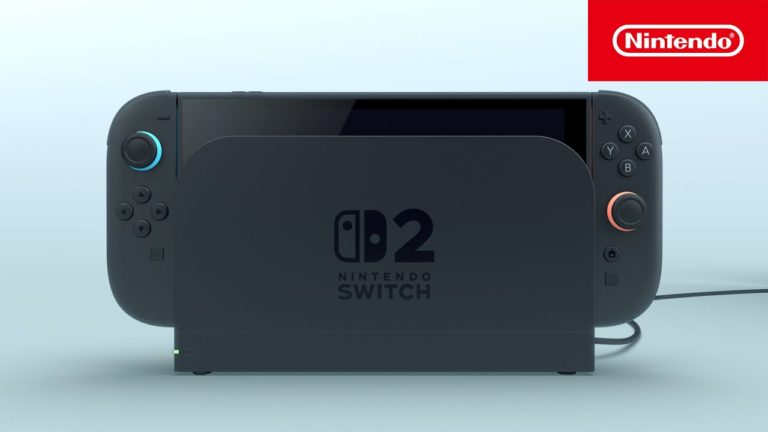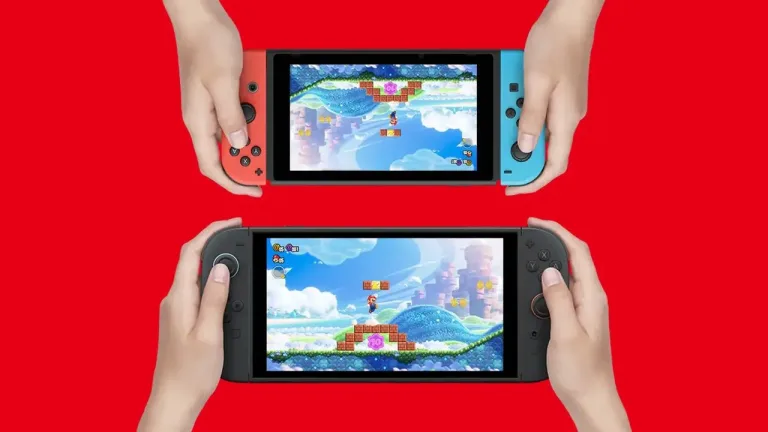Stellar Blade exploded onto the scene as a PlayStation 5 exclusive in April 2024, winning hearts with...
Nintendo Switch 2
Capcom just clocked its fourth consecutive year of record‐breaking earnings, and two surprisingly “small” line items did...
Forget “solid launch.” Switch 2 is dropping numbers that belong in Olympic track meets, not console sales...
The Nintendo Switch 2 has finally arrived, and as expected, YouTube’s favorite tech durability tester, Zack Nelson...
Nintendo’s redesign of Donkey Kong and the naming of Mario Kart World instead of “Mario Kart 9”...
In a pivotal earnings briefing, Nintendo not only unveiled its fiscal targets for the coming year but...
Nintendo has recently updated its End User License Agreement (EULA), and the gaming community is buzzing with...
In a surprising turn of events, Nintendo has filed a lawsuit against accessory maker Genki over its...
When Cyberpunk 2077 first launched in 2020, it was met with both excitement and controversy. While the...
Phil Spencer, the head of Xbox, has recently reiterated his enthusiastic support for Nintendo’s highly anticipated Switch...


